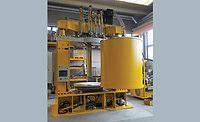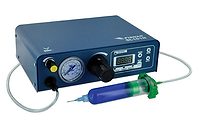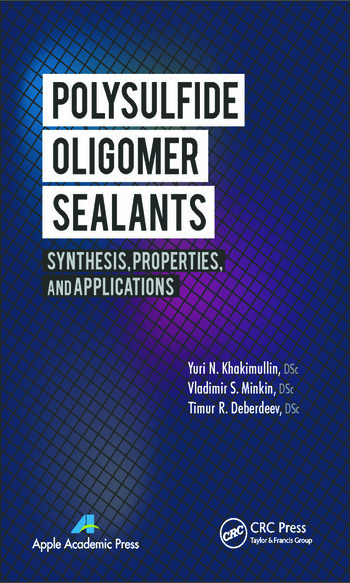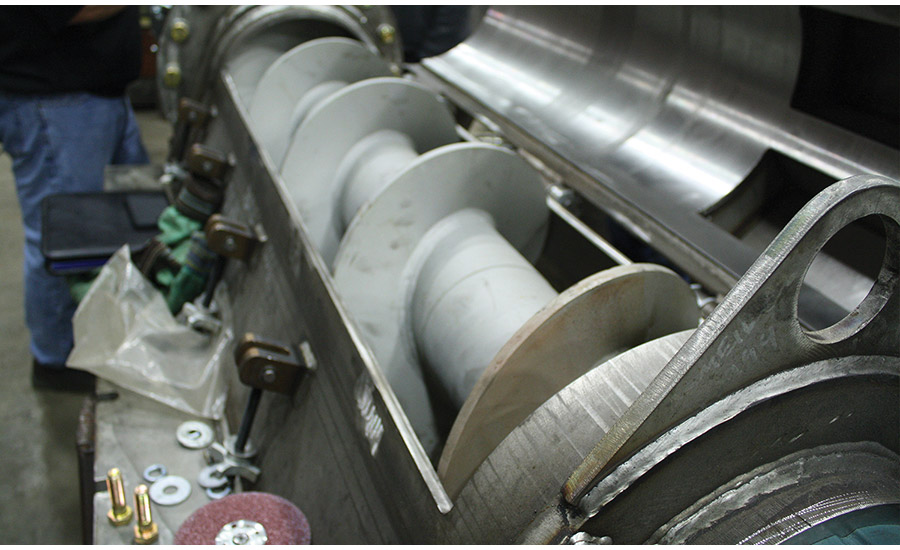Adhesives and Sealants Mixing Basics
A variety of blades—each suitable to different applications—are available for double-arm mixers.

Discharge auger DK300.

Final assembly testing.

Bottom dump discharge.

Tilt discharge.

Independent blade drives.





Double-arm mixers are used to knead and homogenize a variety of products into a single mix. The variety of double-arm mixers and mixer blade types makes the equipment suitable for a range of needs and applications. Understanding the different double-arm mixers available and what they offer is important for any company seeking to change its material processing methods.
Uses
In addition to mixing high-viscosity products and abrasive materials, double-arm mixers are also used for mixing solid materials such as ceramics, carbon paste, and powdered metals. Because normal mixers can process hundreds of gallons of materials, they are ideal for mixing large volumes of high-viscosity materials. Typical applications for double-arm mixers include sealants, ceramics, chemicals, and rubber.
How They Work
Double-arm mixers make use of two blades that sit at the bottom of a mixing trough. These blades are positioned horizontally and parallel to each other, counter rotating at differing speeds in tangential models, or can rotate at a 1:1 ratio (same speed) in overlapping models. This process allows the product being mixed to be passed from one blade to another and to go from one end of the mixer to the other during the mixing process.
In order to complete the process, the mixed product must be released (or discharged) from the machine. The discharge method, which depends on the type of machine used, can be done by the following methods:
- Tilt discharge. This method involves the upward and forward tilting of the mixing trough. This is done through a hydraulic system that will help release the product to the next step of processing.
- Bottom dump. In this method, the product is released from the bottom of the mixing trough through the pulling of a plug or valve. This method releases the mixed product directly into the next stage of processing without the use of tilting.
- Auger discharge. This method uses an extrusion screw to release the product in a certain form and deposits it directly to the next stage of processing.
When looking into double-arm mixers, it’s important to understand which method of discharge is most conducive to your application. Exploring all options can help you make the right selection and boost production.
In addition, it’s also important to understand which blade type to use. Keep in mind that not all blade types are conducive to mixing solids; pay special attention to the mixing material to understand which blade type is best for your use.
Blade Types
Double-arm mixers come with a variety of blade types to help in a range of mixing needs. Understanding the use of each blade type is crucial in creating a quality and sustainable product.
Sigma Blade
The sigma blade is a multi-purpose blade that is efficient and effective in a variety of processes. Its universal style makes it suitable for work on adhesives, sealants and butyl rubber.
Masticator Blade
The masticator blade uses its strong build and particular design to aid in the dispersion of tough-to-mix products such as abrasive materials, plastic, or rubber. Compared with the other blades listed here, the masticator blade provides more force and is better-suited for mixing highly viscous material.
Dispersion Blade
The dispersion blade is meant for the mixing of products that are reinforced by fiber. As such, it comes in 135- or 180-degree spiral designs and does not offer as much force to the mixing process as other blades discussed here. The dispersion blade is primarily used in sanitary applications.
Naben Blade
Also known as the fishtail blade for its unique design, this blade is crafted to mix applications that are highly viscous (such as gum) or other materials that are high in cellulose.
Materials and Design
Double-arm mixers are constructed of strong steel variants, including carbon steel and exotic alloys. Depending the desired application, a variety of designs is available to maximize production. Among the most common designs are variable speed drive options, vacuum and heating systems, blade coring, and mechanical shaft seals. These designs give users the option to find the machine most compatible with their business.
For more information, visit www.orbismachinery.com.
Looking for a reprint of this article?
From high-res PDFs to custom plaques, order your copy today!













